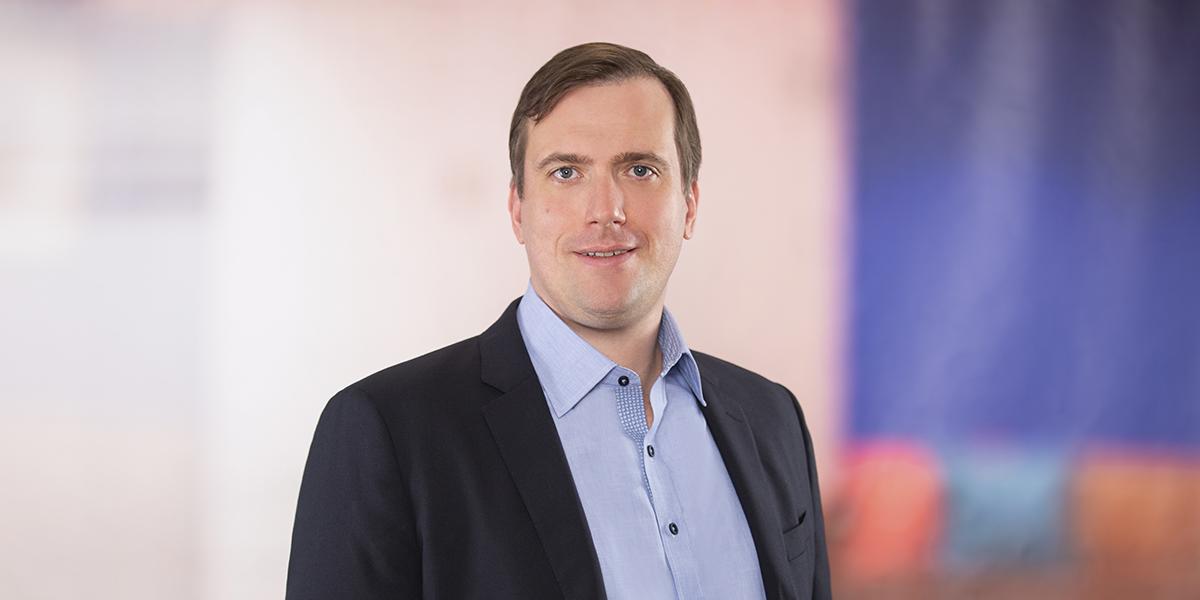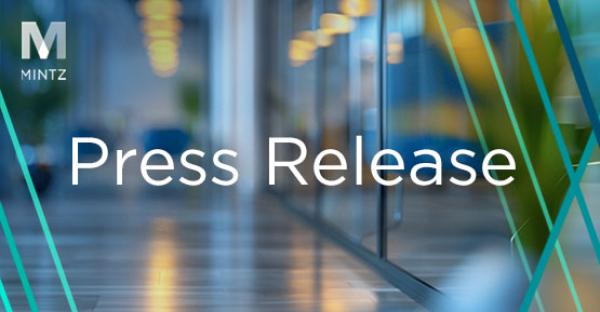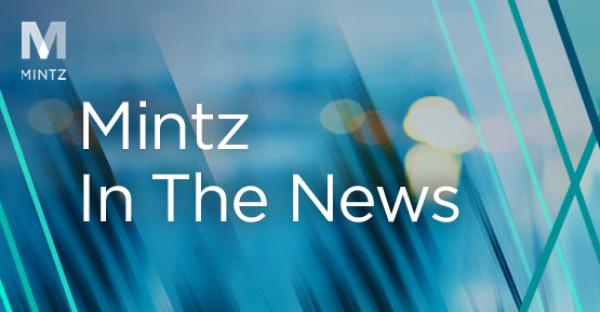
James Whittle advises leading venture-backed life sciences companies—including ReCode Therapeutics, A2 Biotherapeutics, Umoja Biopharma, and Archon Bio—on a broad range of intellectual property matters. He previously represented a vaccine company co-founded by Professor Neil King and Nobel Laureate David Baker, from its founding through IPO and eventual $1.1bn acquisition by a global biopharmaceutical firm.
In addition to IP counseling and prosecution, James represents clients in royalty and inventorship disputes, supports IP litigation, and provides opinions of counsel on non-infringement and validity.
Before practicing law, James spent 15 years in scientific research, specializing in genomics, structural biology, and vaccine development at premier institutions such as Harvard Medical School, MIT, and the NIH. His work has been published in top-tier journals including Nature, Cell, and PNAS, and he developed the first, and still widely used, flow cytometry probe to enable single-cell sorting of B cells targeting influenza HA and was named as lead inventor on US Patent No. 9,718,873, which covers anti-influenza HA antibodies. He received the prestigious NSF Graduate Research Fellowship and later earned a Young Scientist Fund Award from the European Scientific Working Group on Influenza for his postdoctoral work. Early in his career, under Dr. Francis Collins—leader of the Human Genome Project and future NIH Director—James developed software for the first genome-wide mapping of DNase hypersensitive sites using MPSS.
James serves on the Intellectual Property & Technology Law Advisory Council at The George Washington University Law School. As a student there, he was a member of the Law Review, received ABA/BNA Award for Excellence in Intellectual Property Law and the Willard Waddington Gatchell Award (awarded to the top three students by GPA), and interned for the Honorable Kathleen O’Malley at the US Court of Appeals for the Federal Circuit. He also previously interned with the US Senate Budget Committee.
He holds an AB in Chemistry with High Honors from Harvard College, a PhD in Biology from the Massachusetts Institute of Technology, and a JD with Highest Honors from The George Washington University Law School.
Experience
- Represented a vaccine company in patent matters and in a $1.1 billion deal to be acquired by a major biopharmaceutical company
- Represented a lipid nanoparticle (LNP) company in preparation and prosecution of patent applications and patent due diligence
- Represented a lentiviral vector therapy company in patent matters through multiple rounds of venture-backed funding
- Represented a cell therapy company in patent matters through multiple rounds of venture-backed funding and negotiation of a collaboration agreement with a major biopharmaceutical company
- Represented AAV company in patent matters from Series A though $200M IPO
- Represented CAR T and NK cell company in patent matters, including patent due diligence of iPSC-based manufacturing process
- Represented various AAV companies in patent matters, including in due diligence for M&A
- Supported appeal of inter partes review decision to U.S. Court of Appeals for the Federal Circuit
- Supported pre-trial investigation and discovery for litigations under the Biologics Price Competition and Innovation Act and the Hatch-Waxman Act
- Represented investment banks in patent due diligence for capital markets transactions
viewpoints
Federal Circuit Puts the Onus on Patent Owners to Disclaim Patent Term or Face Double-Patenting
September 7, 2023 | Blog | By Peter Cuomo, Thomas Wintner, James Whittle, PhD
On August 28, 2023, the U.S. Court of Appeals for the Federal Circuit, in In re Cellect, Appeal No. 2022-1293, evaluated for the first time how statutorily authorized patent term adjustments interact with the judge-made doctrine of obviousness-type double patenting.
Picture Claims as an Effective Patent Strategy: Top 10 Reasons to Precisely Tailor Your Patent Claim
September 6, 2023 | Blog | By James Whittle, PhD, Terri Shieh-Newton, Dean Farmer, PhD
A “picture” claim refers to a patent claim precisely tailored to track a particular product’s important advantages and features. When drafting a patent application, one should describe various embodiments of the invention and include both picture claims, tailored to those embodiments, and broader claims, to encompass groups of embodiments.
Disqualifying an Inventor’s Prior Publication as Prior Art – Invoking §102(b)(1)(A)
July 6, 2023 | Blog | By James Whittle, PhD, Dean Farmer, PhD
An invention is not patentable if it was described in, or obvious in view of, an earlier printed publication. See 35 U.S.C. 102(a)(1). This blog post addresses how to overcome an anticipation or obviousness rejection where an inventor is the author or otherwise the source of subject matter in the publication cited as prior art
News & Press
Mintz Advises on Precision BioSciences, Inc.’s $75 Million Registered Direct Offering
November 20, 2025
Mintz advised the underwriter in connection with a $75 million registered direct offering by Precision BioSciences, Inc.
Mintz Announces Record Member Growth in 2023
December 22, 2023
Mintz proudly announced the election of 13 attorneys to Members and the addition of a record-setting 22 new lateral Members in 2023, with 11 Partners in the newly opened Toronto office. This diverse group strengthens Mintz’s core areas, spanning Commercial and IP Litigation, Life Sciences, Tech, Private Equity, and Energy & Sustainability. The elevated Members and new lateral additions bring invaluable expertise to help clients navigate complex legal landscapes.
Cooley Life Sciences IP Team Departs to Mintz Boston Office
April 13, 2022
A team of two new Members and an Of Counsel with deep patenting capabilities and decades of experience supporting biotech and pharmaceutical clients enhances our already robust Life Sciences IP prosecution and strategy practice.
Publications
- Tailored Treatment, Tailored Enforcement: Protecting Innovation in Personalized Medicine from a Patent-Protection Loophole. 84 Geo. Wash. L. Rev. 480 (2016).
- Vaccine-Induced Antibodies that Neutralize Group 1 and Group 2 Influenza A Viruses. Cell 166(3):609-623 (2016).
- Flow cytometry reveals that H5N1 vaccination elicits cross-reactive stem-directed antibodies from multiple Ig heavy-chain lineages. J Virol. 88(8):4047-57 (2014).
- Self-assembling influenza nanoparticle vaccines elicit broadly neutralizing H1N1 antibodies. Nature 499(7456):102-6 (2013).
- Structural and genetic basis for development of broadly neutralizing influenza antibodies. Nature 489(7417):566-70 (2012).
- Elicitation of broadly neutralizing influenza antibodies in animals with previous influenza exposure. Sci Transl Med. 4(147):147ra114 (2012).
- Broadly neutralizing human antibody that recognizes the receptor-binding pocket of influenza virus hemagglutinin. PNAS 108, 14216-14221 (2011).
- Structure of the Sec13-Sec16 edge element, a template for assembly of the COPII vesicle coat. J Cell Biol 190, 347-61 (2010).
- Architectural nucleoporins Nup157/170 and Nup133 are structurally related and descend from a second ancestral element. J Biol Chem 284, 28442-52 (2009).
- Genome-wide mapping of DNase hypersensitive sites using massively parallel signature sequencing (MPSS). Genome Res. 16(1):123-31 (2006).
Recognition & Awards
Willard Waddington Gatchell Award
Order of the Coif
GW Law Review
National Science Foundation Graduate Research Fellowship
Involvement
- Member, American Bar Association
- Member, American Intellectual Property Law Association
- Member, Intellectual Property & Technology Law Advisory Council, The George Washington University Law School




